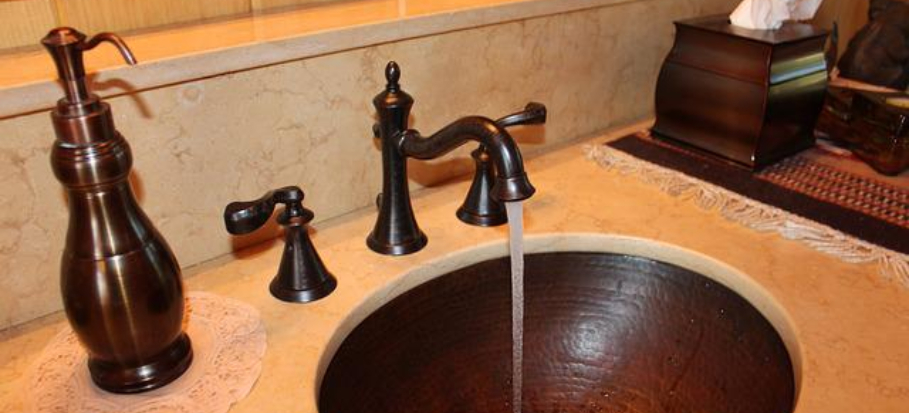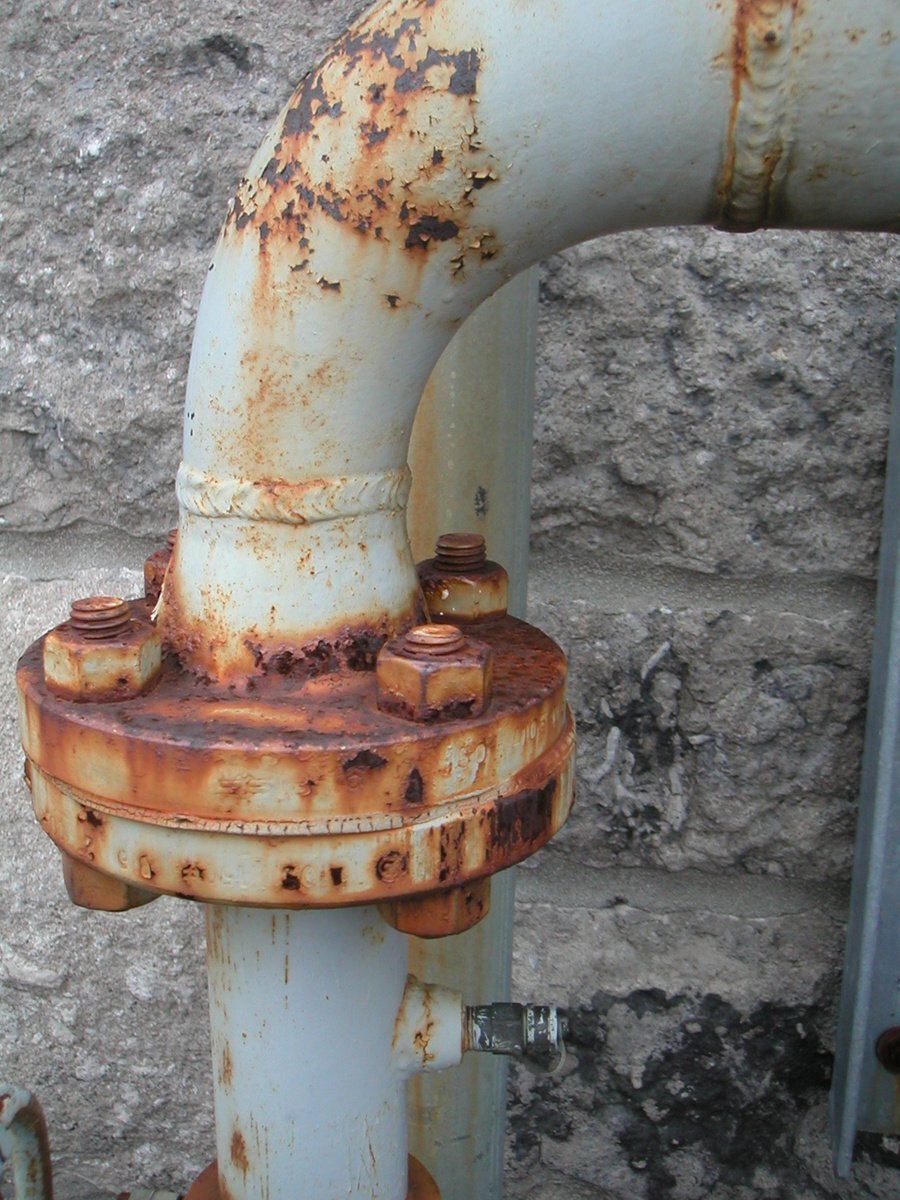A Homeowner’s Guide to Plumbing Issues in Older Homes
A Homeowner’s Guide to Plumbing Issues in Older Homes
Blog Article
Every person has their own individual rationale when it comes to Plumbing Problems In Old Homes.

Older homes often include appeal, character, and background, yet they can also bring a host of plumbing problems. Whether you're taking care of aging pipelines, low water stress, or leakages, recognizing exactly how to deal with these common issues is important to keeping a secure and practical home. In this overview, we'll check out the common pipes difficulties encountered by older homes and provide useful services to keep your pipes in leading shape.
Comprehending Typical Plumbing Issues
Aging Pipelines
Among one of the most usual issues in older homes is maturing pipes. Depending on the era in which your home was built, the pipes could be made from products that have actually degraded gradually, such as galvanized steel, cast iron, or even lead. These materials can corrode, end up being brittle, or create leakages, bring about water damages and possible carcinogen.
Water High Quality Testing
Older pipes can impact the quality of your water. Conduct a water high quality examination to look for contaminants such as lead, corrosion, or other impurities that may be introduced by aging pipes.
Solutions for Typical Pipes Issues
Replacing Aging Pipes
If your home has old, degrading pipelines, think about replacing them with contemporary products like copper or PEX. This can be a considerable financial investment, yet it will certainly protect against future problems and improve the security and reliability of your pipes system.
Fixing Low Tide Stress
To take care of low tide pressure, start by cleaning or replacing old fixtures and eliminating mineral build-up in the pipes. If the problem continues, it may be needed to change areas of corroded pipes.
Repairing and Changing Dripping Pipes
For little leakages, you can make use of pipeline clamps or epoxy putty as a short-term repair. Nevertheless, it's ideal to change dripping pipelines totally to stay clear of further damages.
Upgrading Fixtures
Upgrading old fixtures to modern, water-efficient models can improve your home's plumbing performance and reduce water consumption. Search for fixtures with the WaterSense tag for the best efficiency.
Handling Pipe Rust
If your pipes are rusted, replacing them with corrosion-resistant materials like copper, PVC, or PEX is the best service. Routine assessments and water top quality upkeep can help avoid even more rust.
Low Water Pressure
If you're experiencing low water pressure, maybe as a result of natural resources, rust inside the pipes, or old components that are no longer functioning effectively. This can be a significant trouble, especially in areas like showers and sinks.
Leaking Pipes
Leaks are another frequent issue in older homes, commonly brought on by rusty or worn-out pipes. Even small leaks can lead to substantial water damages, mold and mildew development, and increased water bills if not resolved without delay.
Obsolete Fixtures
Outdated plumbing components such as taps, toilets, and showerheads not just look old yet might also be much less efficient, vulnerable to leakages, or incompatible with modern-day pipes criteria.
Pipeline Corrosion
Corrosion is an usual trouble in older pipes, especially those made from galvanized steel or cast iron. Rusty pipes can restrict water flow, trigger discoloration, and at some point bring about leakages or pipe bursts.
Assessing the Problem of Your Pipes
Evaluating Noticeable Pipes
Begin by examining any kind of noticeable pipelines in your home, such as those in basements, crawl spaces, or under sinks. Search for signs of deterioration, leakages, or corrosion, which can suggest underlying problems.
Checking for Leaks
Check for leaks by examining areas around faucets, commodes, and under sinks. You can likewise monitor your water meter prior to and after a period of no water use to detect surprise leakages.
When to Call a Specialist
While some pipes concerns can be taken care of with DIY solutions, there are times when it's best to hire a specialist. If you're handling major leaks, considerable corrosion, or are unclear regarding the condition of your pipes, an accredited plumbing can supply experienced assessment and repair work.
Preventive Maintenance Tips
Normal Inspections
On a regular basis inspect your plumbing system for signs of deterioration. Catching problems early can stop costly repair services down the line.
Water Pressure Law
Guarantee your water pressure is within the advised array to prevent emphasizing your pipes and fixtures. A plumber can set up a pressure regulator if required.
Water Quality Upkeep
Mount water filters or conditioners if your water high quality is poor. This can secure your pipes and fixtures from damage triggered by difficult water or pollutants.
Aggressive Pipeline Substitute
If your home has older pipes, think about proactive substitute prior to significant problems arise. This can save you from emergency repair services and water damage.
Conclusion
Handling pipes concerns in older homes needs a mix of watchfulness, precautionary upkeep, and prompt upgrades. By recognizing the typical challenges and understanding when to look for professional assistance, you can ensure your pipes system remains practical and reputable for several years to come.
7 Common Plumbing Issues in Older Homes
Read More Plumbing Articles
Whether you're mulling over purchasing your dream period property, or you already own one, being aware of common plumbing problems in old homes can help you avoid expensive mishaps.
Many plumbing problems in old homes are similar to those faced in newer properties, but some are more prevalent in houses over a certain age. If you've recently bought an old house or haven't had your aging plumbing system inspected in a while, it's worth keeping an eye out for the following issues:
Bad Pipe Materials
Depending on the age of your home, the pipe materials used in your plumbing system may not comply with modern building codes and could be unsafe.
Lead pipes are the most dangerous type of old plumbing pipes. This metal was once used extensively for manufacturing water pipes because it's easy to shape and has a long lifespan. Plumbers also used it to solder joints between pipes made from other materials. However, lead can cause serious health problems, particularly in children. Drinking water from pipes containing lead can lead to lead poisoning symptoms, such as stomach pain and fatigue, so it's essential to replace them if you discover them in your home.
Outdated Fixtures
Even if the previous owners installed high-quality fixtures, these won't be immune to the effects of age and wear and tear. Over time, fixtures can corrode and wear down, increasing the likelihood of leaks and clogs.
Sometimes, an outdated fixture can be a minor irritation that makes using your plumbing system less convenient. However, it's best to maintain older plumbing components carefully and replace them when they show signs of failure to avoid a major leak and water damage.
Corroded or Leaking Pipes
Corroded pipes are a common plumbing issue in old homes. Corrosive substances in the water supply can gradually break down the metal used to make the pipes, eventually causing leaks. Corrosion can also cause sediment to build up, increasing the chances of a clogged pipe. All these issues take time to develop, making them more likely in old house plumbing.
Drain Problems
Older home drainage systems were often installed before the arrival of appliances such as garbage disposals, so they're frequently incapable of handling modern household usage. The result could be frequent clogs or water backing up into sinks and other fixtures.
A failing sewer line is the most serious drainage issue commonly encountered in old houses. This problem is more likely if you've remodeled your home to add more fixtures, placing more pressure on a sewer line not designed for the purpose. Eventually, the line can become clogged, causing unpleasant indoor smells, poor drainage and contaminated wastewater backing up into your fixtures.
Pipe Bellies
Pipe bellies develop when pipes buried in your home's foundation start sagging as the building settles. They create downward slopes, affecting water drainage and increasing the risk of significant blockages. You don't need to worry about pipe bellies in a pressurized main line, as the water pressure prevents the pipes from clogging, but they can cause issues in drain lines.
Root Intrusion
Root intrusion occurs when trees and other shrubs grow roots too close to your sewer line or water service line. Sometimes, the roots penetrate the pipe walls, leading to leaks and soft or wet areas in your yard.
Unfortunately, root intrusion is a more common plumbing problem in old homes. That's because older houses are more likely to have pipe bellies allowing standing water to accumulate, attracting roots to the moist conditions.
https://www.elocal.com/resources/home-improvement/plumbing/faq/plumbing-issues-in-older-homes/

I'm certainly very excited about Plumbing Issues in Older Properties and How to Fix Them and I am assuming you liked the new blog entry. Sharing is good. You just don't know, you may very well be helping someone out. I love your readership.
Click Here Report this page